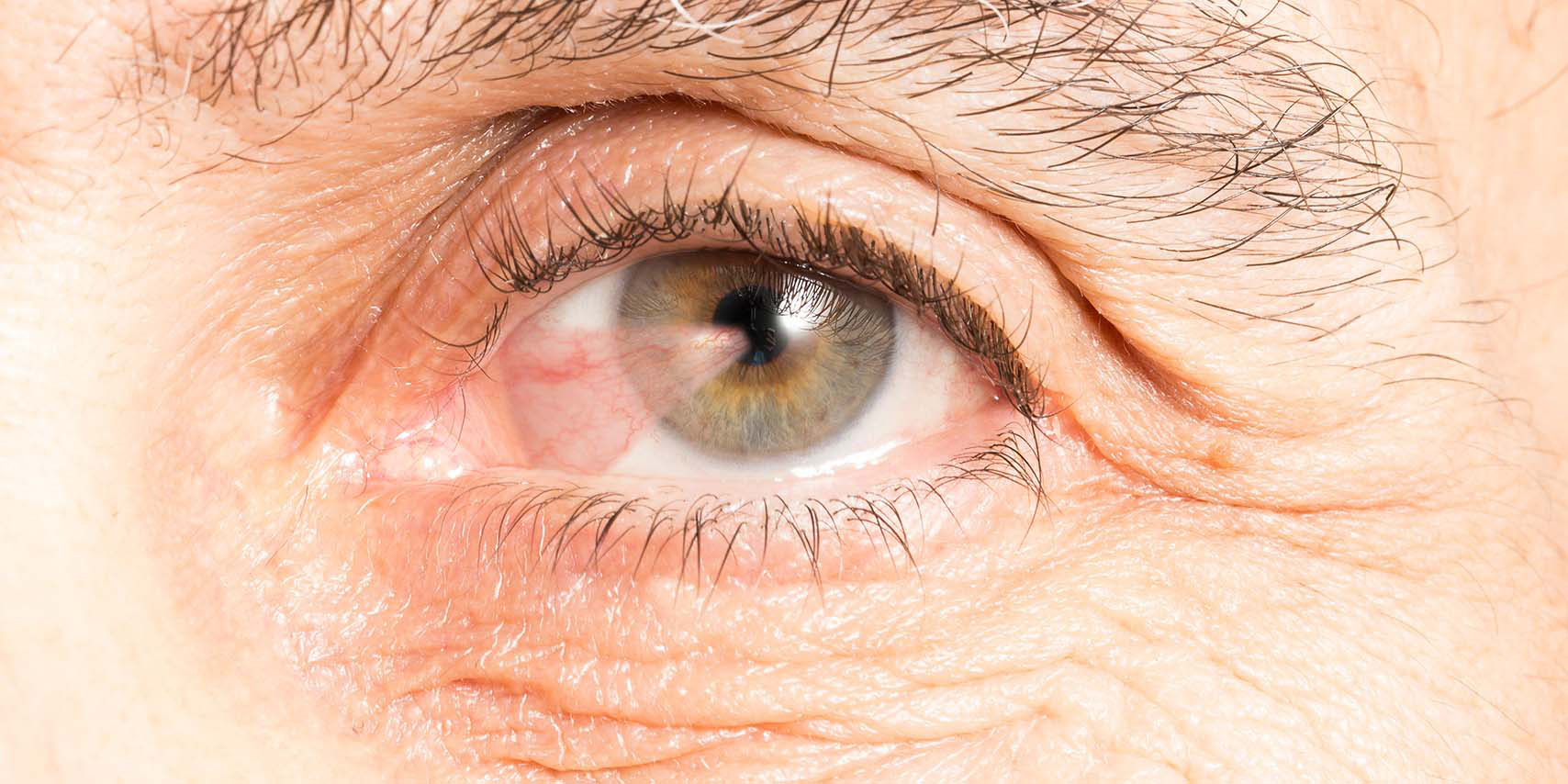Pterygium is a common condition in people frequently exposed to sunlight and wind. Symptoms like redness, irritation, or the sensation of a foreign body in the eye can be annoying and obstruct daily life. If left untreated, the Pterygium may grow until it obstructs vision. **Pterygium Surgery** is therefore a vital solution to restore the eye's clarity.
What is Pterygium?
Pterygium, often called 'surfer's eye,' is a condition where the conjunctiva (the clear membrane covering the white part of the eye) grows onto the cornea (the clear front part of the eye). It appears as a triangular-shaped, fleshy growth that may be white, pink, or red. It usually starts from the nasal side and gradually grows towards the center of the cornea. The primary cause is prolonged exposure to ultraviolet (UV) radiation from the sun and wind.
Symptoms of Pterygium
Pterygium can be recognized by these symptoms, the severity of which varies depending on the stage of the disease:
- Redness and Irritation: Especially when exposed to wind or bright sunlight.
- Foreign Body Sensation: Feeling like sand or dust is in the eye.
- Excessive Tearing: Unusually frequent watering of the eyes.
- Decreased Vision: If the Pterygium grows into the center of the cornea, it can cause blurry or distorted vision.
Why Choose Pterygium Surgery?
- Restore Vision: Helps vision return to normal once the obstructing growth is removed.
- Reduce Irritation: Redness, irritation, and tearing will noticeably decrease.
- Prevent Recurrence: Using advanced techniques, such as Conjunctival Autografting, helps reduce the chance of the Pterygium growing back.
- Restore Eye Appearance: Eliminates the growth on the cornea, allowing the eye to look clear and normal again.
The Pterygium Surgery Procedure
- Preparation: The ophthalmologist will conduct a thorough eye examination before the surgery day. The patient will receive local anesthetic in the eye, ensuring no pain is felt during the procedure.
- Surgical Steps: The doctor will excise the part of the Pterygium growth. Then, conjunctival tissue will be taken from another part of the eye (not the surgical area) and sutured over the excision site to prevent the Pterygium from recurring.
- Duration: The surgery takes approximately 30–45 minutes, and the patient can return home immediately afterward without needing a hospital stay.
Post-Operative Care for Pterygium Surgery
- Strictly follow doctor's instructions: Take prescribed eye drops and antibiotics on schedule.
- Avoid water and dust: Prevent water from entering the eyes. Avoid swimming during the first 1–2 weeks.
- Wear an eye shield: Initially, wear an eye shield to prevent accidentally rubbing the eye while sleeping.
- Rest your eyes: Avoid excessive eye use, such as staring at computer or phone screens for long periods.
- Protect from sun and wind: When outdoors, wear large sunglasses or protective eyewear to shield against UV light and wind.
If you have Pterygium symptoms that are starting to interfere with your vision and daily life, consulting an ophthalmologist to consider **Pterygium Surgery** is a worthwhile option. This treatment will help restore the health of your eyes, allowing you to see clearly and live confidently again.
